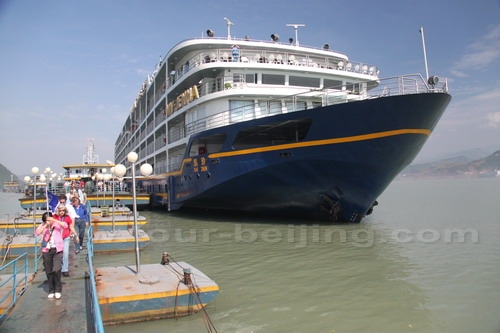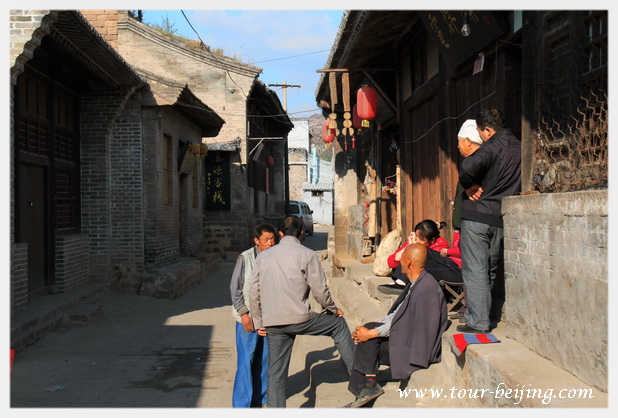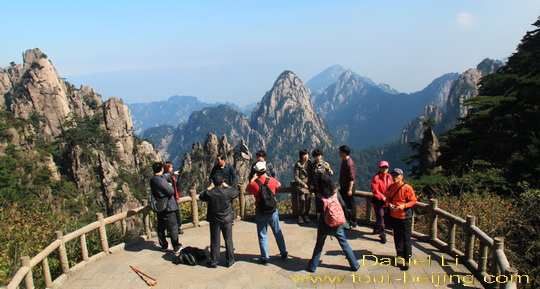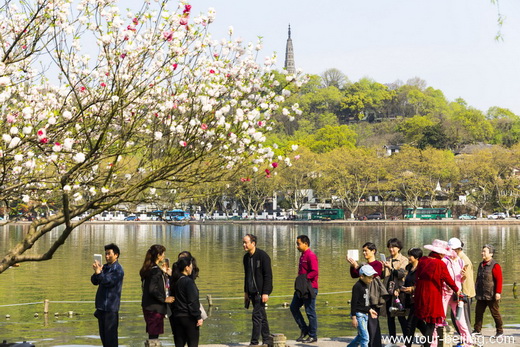1. Li River 漓江
Location: Li River is located in the southeast of Guilin City in the east of Guangxi Zhuang Autonomous Region, a tributary of Zhujiang River. The length of Lijiang starts from the city of Guilin to Yangshuo, about 83km of waterway. Lijiang River is one of the most beautiful rivers in the world.
Check out the following links for more information:
Guilin Tour
Top 10 Things to Do in Guilin
Cruising on Li River from Guilin to Yangshuo
Bamboo Rafting on Yulong River in Yangshuo
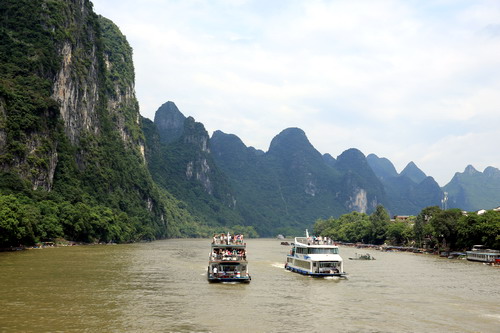
The 80-km-long waterway from Guilin to Yangshuo resembles an artists’s masterpiece, painted with rolling mountains, featuring cliffs, unique caves, comfortable boats. The 80-km water-way is flanked by the hills for about 40km. All the hills are lined with bamboo and green belt. Very often the cruise boats starts from Zhujiang Wharf. First you take about 40 minutes drive from Guilin city to the wharf. Then take 4 to 5 hours cruise to a beautiful and tranquil ancient city – Yangshuo.
2.Yangtze River 长江
With the length of 6387km, Yangtze River is the longest river in China and the third in the world. Three Gorges & Dam Cruise is the highlight of the lifetime Yangtze River Cruise, which has been long sought after by romantic cruising lovers. Chongqing to Yichang route is by far the most travelled section of the Yangtze, winding through the Three Gorges and passing the namesake Dam.
Check out my following links for more information:
China Yangtze River Cruises
Best Time to Cruise on Yangtze River
Yangtze River Cruise Daily Schedule – Victoria Cruises
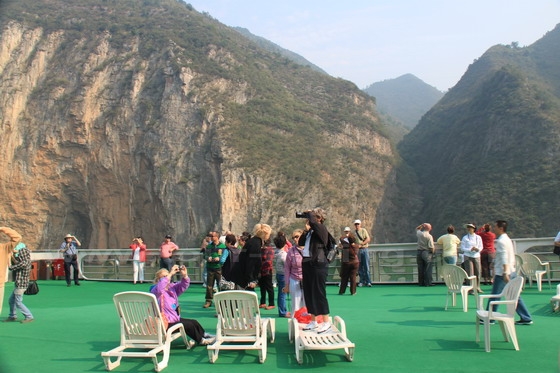
Cruising on Yangtze River and passing through Three Gorges Dam makes you feel and see the picturesque views on both sides of the huge river and tremendous change which has taken place in China.
3.Yellow River 黄河
The Yellow River ( or Huang He in Chinese ) is the second longest river in China with an estimated length of 5,464 kilometers, just after Yangtze River. The Yellow River originates from the Qinhai-Tibet Plateau, passing nine provinces and emptying into the Bohai Sea at Dongying in the northeast of Shandong Province. It is one of the important craddles of China’s civilization.
Check out my following articles for more information:
How to Visit Yellow River Frescos
How to Visit Hukou Waterfalls on the Yellow River
Yellow River, the Mother River of China
Yellow River Estuary Cruise
Rafting down the Yellow River
The Yellow River Delta Wetland
The Yellow River Delta National Natural Reserve
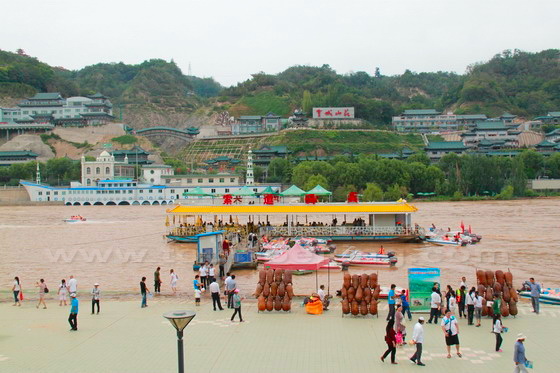
The Yellow River is such named due to the large amount of the silt it carries from the Loess Plateau. The heavy load of silt makes new land a the Yellow River Delta. In 1993, the Yellow River Delta National Natural Reserve was established to protect both the delta wetland and the precious birds at the Yellow River Wetland.
4. Heilongjiang River 黑龙江
Heilongjiang literally means “Black Dragon River”, a borderline river separating China’s Heilongjiang River and Russia’s Amur River in Russia. Heilongjiang , China’s northern most province, is also named after the river.
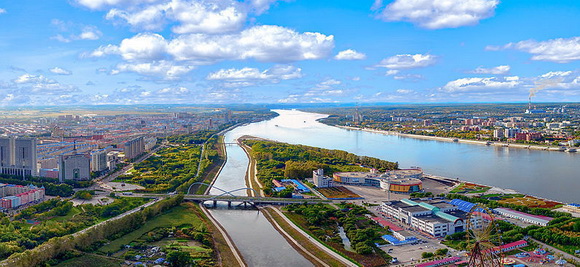
Heilongjiang River ranks the third only after the Yangtze River, and the Yellow Rive in China in length, 4440 km long with a basin area of 887,000 square kilometers.
5. Pearl River in Guangzhou 珠江
The Pearl River is the convergence of its three tributaries – Xi Jiang (“West River”), the Bei Jiang (“North River”), and the Dong Jiang (“East River”). These rivers share a common delta, the Pearl River Delta. The Pearl River is China’s fourth longest river, 2320 km long, after the Yangtze River, the Yellow River and Heilongjiang River.
Check out my another article Photos for Guangzhou Pearl River Night Cruises for more information.
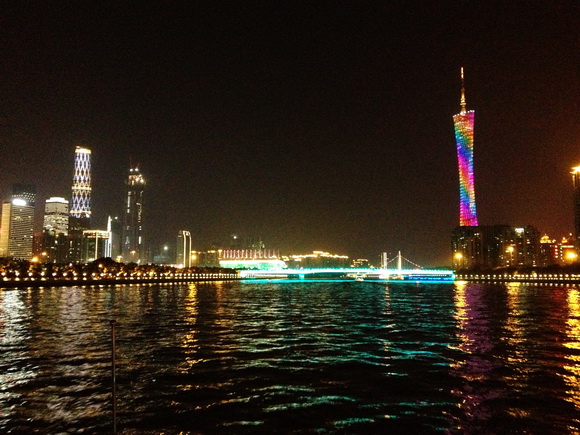
Guangzhou Star Cruises Company has about 10 evening cruises on the Pearl River. The night cruise normally lasts 90 minutes operating between 18:40 and 22:00. Boats leave from Tianzi Pier (天子码头), Just east of Haizhu Bridge. To get to Tianzi Pier , you may take subway line 2 and get off at the station of Haizhou Square (海珠广场), then walk along the river to the east direction. Soon you will see Tianzi Pier by the river.
6. Qiantang River 钱塘江
With the length of 588km, Qiantang River is the largest river in Hanzgzhou, Zhejiang Province. Qiantang River Tidal Bore is the greatest tidal bore in the world. The Qiantang River Tidal Bore is caused by the mixed attraction of the moon and the sun for the sea and the special Hangzhou Bay. The tidal bore is known as a wonder of the world.
Read my another article How to Visit Liuhe Pagoda to learn more about Qiantang River.
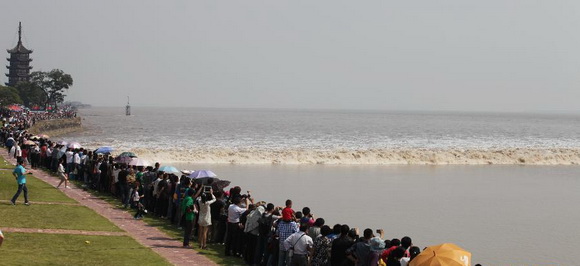
On the each 18thday of the eighth month by the Chinese Lunar calendar, thousands of visitors both from home and abroad flock to Haining to view the spectacular view of the tidal waves. The largest tidal river bore can be 4m high, 3km wide and travel at speeds in excess of 20 mph. At certain locations reflected waves can reach 10m and the roar can be heard over an hour before its arrival.
September and October are best times to view the wave. Join the festive crowds in Yanguan Town in Haining or Xiaoshan in Hangzhou.
7. Huangpu River in Shanghai 黄浦江
A great city tends to have a great river. Like Seine River in Paris and River Thames in London, Shanghai has a river known as Huangpu River winding from south to north entering Yangtze River with a length of 113km.
Read my following articles for more information:
Huangpu River Cruise Ticket Booking
Huangpu River in Shanghai VS River Thames in London
Shanghai Huangpu River Evening Cruise Tour
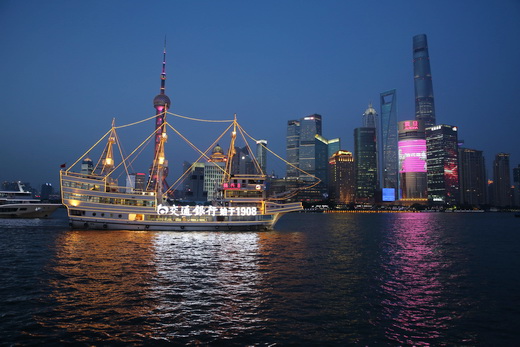
The best way to see the perfect scenery of Shanghai and have a full view of Huangpu River is to take a boat trip. Cruising on the Huangpu River is a must for first time visitors. Huangpu tour boats sails from the dock on the Bund, north of the Peace hotel. On the boat tour tourists can enjoy the views on both sides of the river, the new Nanpu Bridge, the new Yangpu Bridge, the Bund, the docks and the site of the ancient Wusong Fort at the mouth of the Huangpu River.
8. The Yarlung Tsangpo River (Brahmaputra) 雅鲁藏布江
The Yarlung Tsangpo ( also known as Yarlung Zangbo, or Yalu Zangbu) is the longest river of Tibet, ranking the fifth in China. The Yarlung Tsangpo is also the upper stream of the Brahmaputra River (布拉马普特拉河). The Brahmaputra (the Yarlung Tsangpo in Tibet), the Siang/Dihang River in Arunachal Pradesh, and Luit, Dilao in Assam, is a trans-boundary river which flows through Tibet, India, and Bangladesh.
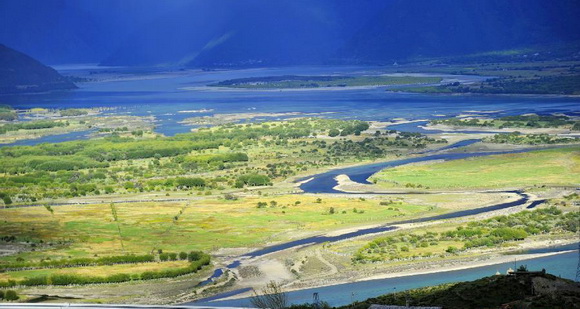
The Yarlung Zangbo River Grand Canyon at the Great Bend of the Yarlung Zangbo River is lauded as No. 1 Grand Canyon in the world and has been certified by the China World Record Association as the world’s deepest and longest Grand Canyon.
9. Lancang River (the Mekong River)澜沧江
The Lancang River originates in the northeast of Tanggula Mountain in Qinghai Province, China, flows through Tibet and Yunnan. The Lancang River is also a trans-boundary river in East Asia and Southeast Asia and called the Mekong River (湄公河)after it exits China. It flows through Myanmar, Laos, Thailand and Cambodia, and empties into the sea from Ho Chi Minh City, Vietnam.
the Mekong River has a total length of 4909 kilometers, of which the Lancang River has the length of 2139 kilometers. The Lancang River flow throuh Xishuangbanna in Yunnan for 158km. In ancient times, the Dai nationality called the river “Nanlanzhang”, which means “the river where millions of elephants breed”.
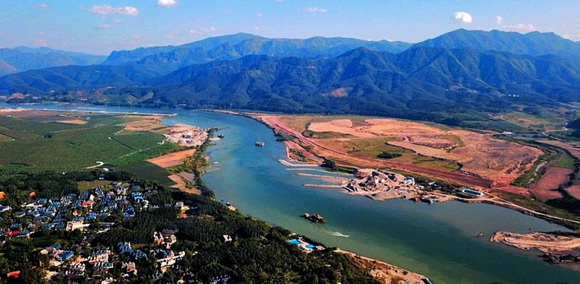
There is a local saying: If you can’t enjoy the scenery of Olive Dam by boat on the Lancang River, you can’t feel the beautiful scenery of the Dai villages. Jinghong to Olive Dam section of natural scenery and cultural landscape is the most perfect epitome of Xishuangbanna.
10. Nujiang River (Salween River) 怒江
The Salween River (萨尔温江) is called Nu Chiang or Nu Jiang in China. Its upper reaches are called “Nagqu River” , originating in Jirepaige at the southern foot of Tanggula Mountain on the Qinghai-Tibet Plateau. It goes deep into the interior of the Qinghai-Tibet Plateau, from the northwest of the first bay of Nujiang River to the southeast, slanting through the flat shallow valley in eastern Tibet, and then flows southward in Yunnan Province, through Nujiang Lisu Autonomous Prefecture, Baoshan City and Dehong Dai and Jingpo Autonomous Prefecture, and then flows into Myanmar, where it is renamed the Salween River, and finally flows into the Andaman Sea of the Indian Ocean.
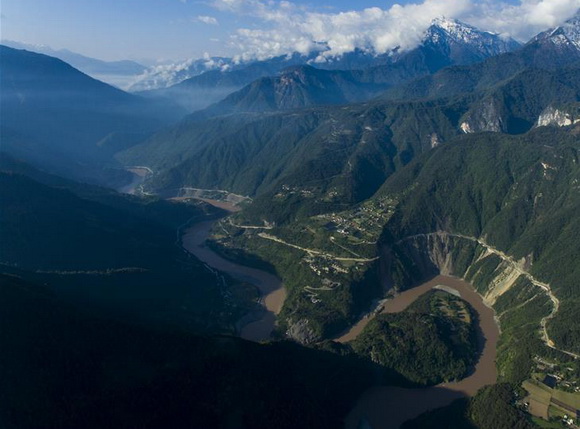
The Salween River is 3,240 kilometers long from the source of the river to the estuary, and Chinese part is 2,013 kilometers long, including the Yunnan section of 650 kilometers. The Nu River is currently the only river in China that has not built a hydropower station.
Hassle-free China Guided Tours
If you don’t want to go the do-it-yourself route and prefer the hassle-free escorted tours, here are some options for China guided tours:
Top China Private Tours
Top China Small Group Tours
Top China Train Tour
Top China Yangtze Cruise Tour
Top China Silk Road Tour
Further Readings
Top 10 Places to Visit in China
10 Fascinating Facts about China
How to Pack for your China Trip
Plugs and Sockets in China
China Tour Packages
Learning Useful Chinese Phrases for Travellers
How to Recognise Chinese Currency
Top 10 Travel Experiences in China
10 Most Scenic Drives in China
Top 10 Most Beautiful Mountains in China
The Top 10 Most Beautiful Lakes in China
Top 10 Most Beautiful Grasslands in China
Top 10 Most Beautiful Rivers in China
Top 10 most beautiful waterfalls in China
Top 10 Places to See Autumn Leaves in China
Top 10 Most Beautiful Villages in China
Top 10 Old Towns in China
The 10 Most Beautiful Museums in China
Top 10 China Tourist Scams
Top 10 Souvenirs in China
Any questions, just drop a line.






